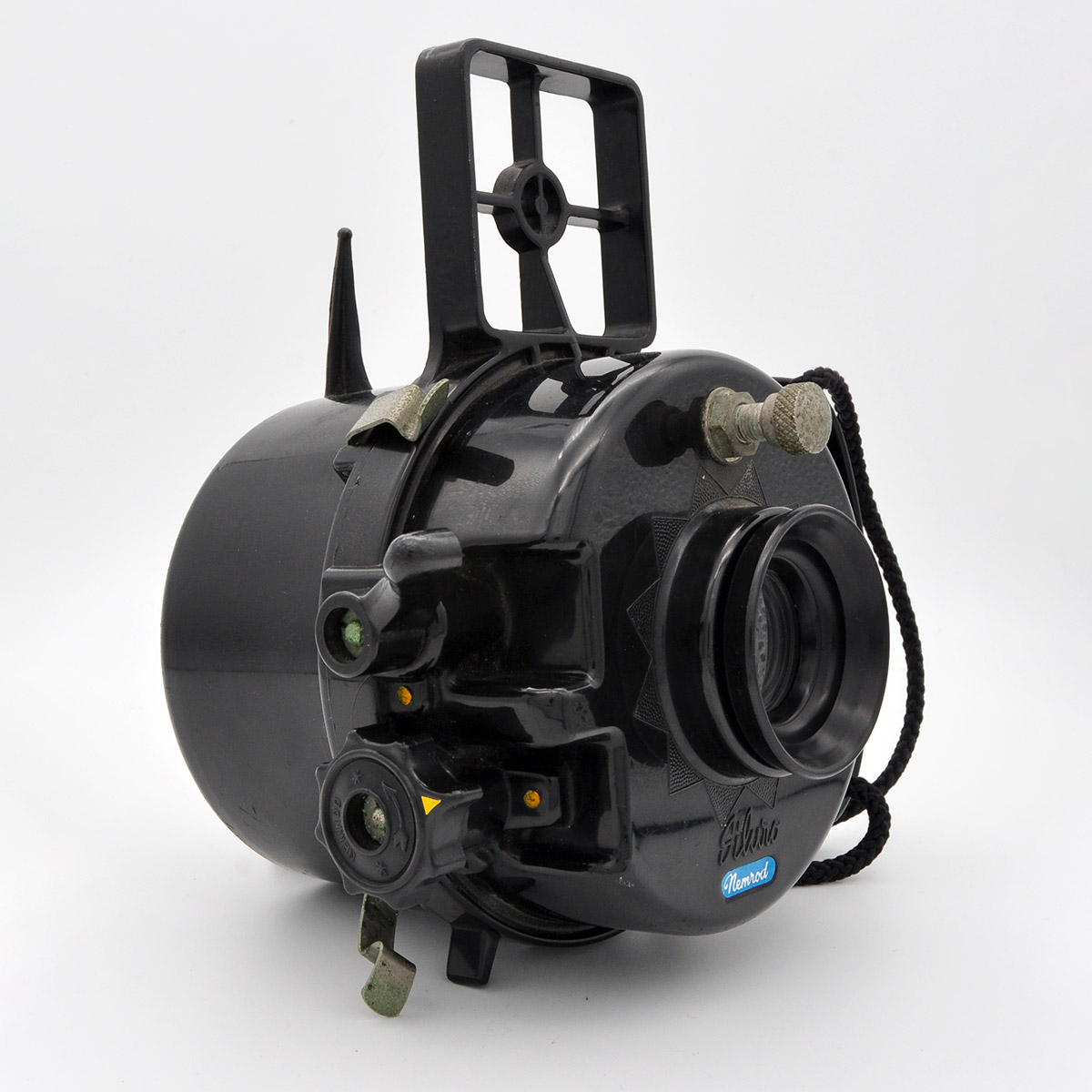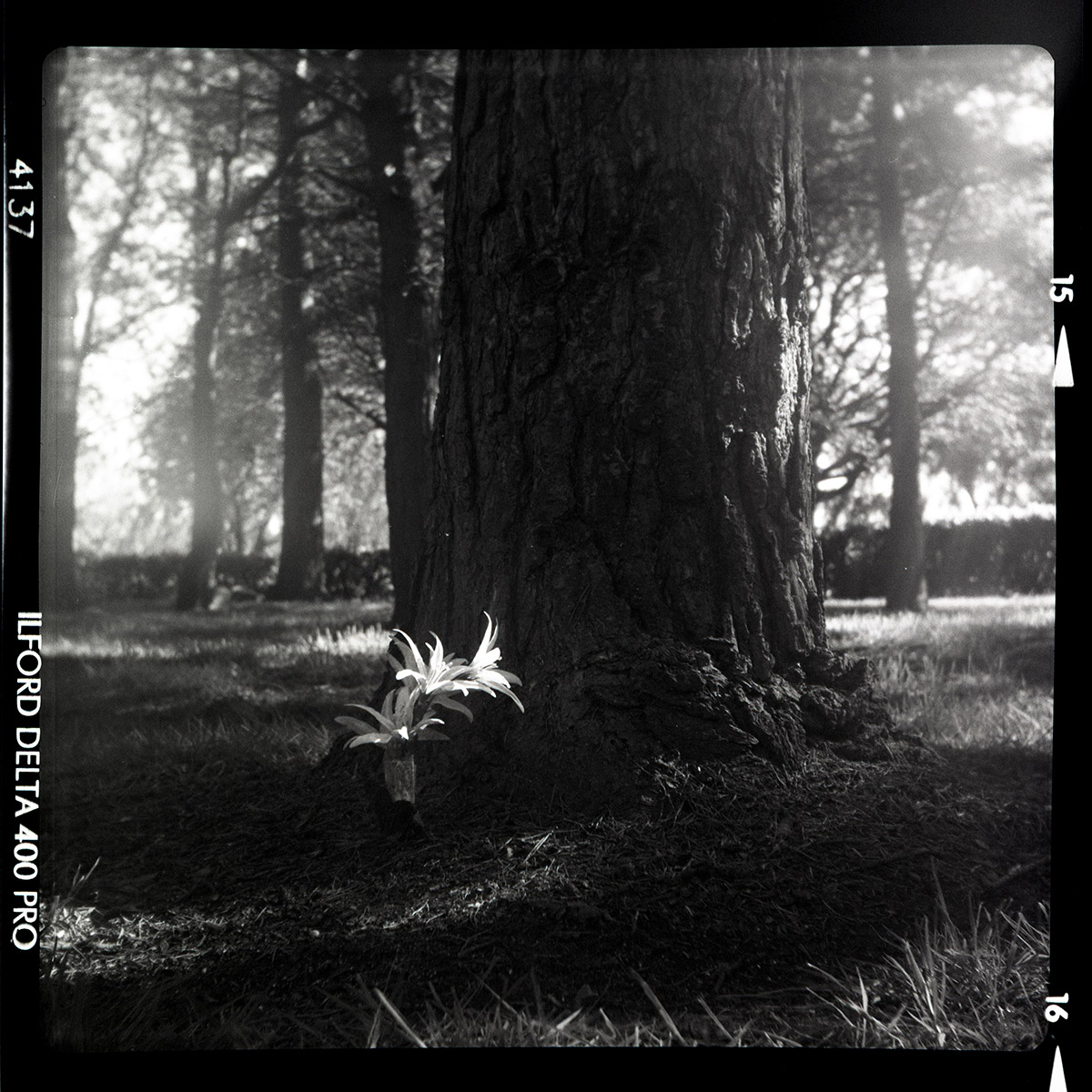Nemrod Silura
My self imposed quest to use a different film camera each week is now four and a half years old, and by its very nature, many of the cameras I use are unfamiliar to me. Before taking a “new” camera out on active service, I sometimes run though a check-list to make sure I’ve got everything I need in order to use it to its full potential. Even with a simple camera, it may be necessary to carry around the odd accessory, lens cap, filter or flashgun for example, but when you take the Siluro out for the day, you have to add “bicycle pump” to that list! I’m not joking, in order to use this camera properly you really do need a bicycle pump, but we’ll come to that later.
While most of the underwater models that I’ve seen have been made by established camera firms, this one was made by Nemrod Metzeler of Barcelona, a manufacturer of diving and spear-fishing equipment, who also dipped their toe into the photographic market with this, their one and only camera. Despite the rudimentary nature of the photographic part of the Siluro, at heart it is the simplest possible box camera, this was a niche product and commanded a premium price in the early 1960s when it was made.
At the risk of stating the obvious, a vital feature of an underwater camera is that it is waterproof. Given the need to get inside to load and unload the film, it must also be able to be opened, leaving the tricky problem of how to make an effective seal, which will need to withstand considerable pressures at lower depths, the Siluro claimed to be usable at 40m. A rubber O ring forms the seal, and this is where the bicycle pump comes into play. With the body loaded and secured shut with heavy duty clips, the pump is connected up via a standard tyre valve located above the lens. By pressurising the body, not only is the likelihood of water ingress reduced, but if a leak should develop, a bubble stream will show the user where the leak is, and give them time to surface before any serious damage occurs.
For a plastic camera, it seems very heavy, but this is because it has lead weights built into the casing to give it neutral buoyancy underwater, counteracting the tendency for it to float up to the surface. Perhaps the most surprising feature is the provision for flash photography, in addition to the lead weights, the body holds a battery and a large capacitor, to power a conventional single use flashbulb mounted in a decidedly un-waterproofed bolt on reflector. With a shutter speed of 1/60th and aperture of f16, it is apparent that even on the surface, good daylight would be needed, but at any depth, the flash would be essential to provide enough light.
I decided that my Siluro was going to remain on dry land, reasoning that the 50 year old rubber seal was probably past its best. The focus is fixed at 1.5-2.5m, so I concentrated on close up subjects. With a bit of imagination, I suppose this classical looking bust could have been spotted in the lost underwater city of Atlantis.


